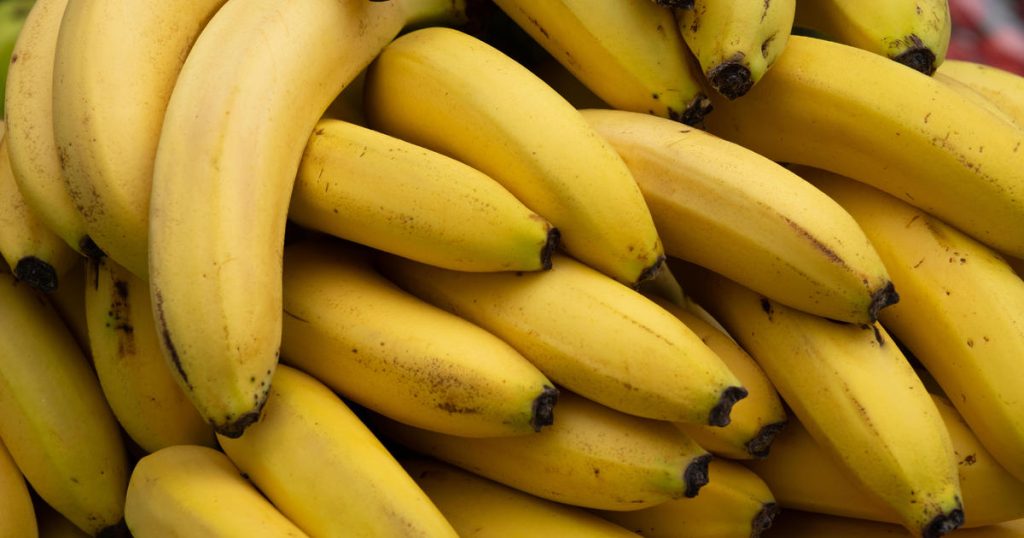Trader Joe’s recently increased the price of a single banana from 19 cents to 23 cents, marking the first price hike in over 20 years. The company spokesperson stated that prices are only changed when costs change, and this increase is necessary at this time. While the specific reasons behind the price increase were not disclosed, overall food prices have been on the rise, with consumers paying nearly 20% more for groceries by the end of 2023 compared to 2021. Cocoa and sugar prices have also been increasing, with sugar futures up around 8% in 2024 and cocoa prices hitting record highs due to stressful growing conditions in West Africa.
The price of a pound of bananas has remained relatively stable over the past year, ranging from 62 to 64 cents per pound. Despite this, industry experts warn that banana prices around the world are likely to rise due to climate change. Rising temperatures can affect banana growth and increase the risk of diseases like the TR4 fungus, which threaten banana trees. Dan Bebber, an expert on sustainable agriculture, suggests that consumers should be prepared to pay more for bananas to help growing countries prepare for climate change and implement mitigation measures. He believes that the low prices consumers have been enjoying are not sustainable in the long run.
While some prices are increasing, there is also good news for Trader Joe’s customers. Some products like green onions, raw almonds, romaine hearts, and organic bell peppers have seen price decreases. Green onions are now priced at 99 cents, the lowest in over a decade, while other items like raw almonds have dropped by a dollar. These price reductions come at a time when some popular items, such as Trader Joe’s totes, are being resold online for hundreds of dollars. It appears that the company is making efforts to balance the impact of rising food prices on consumers.
In conclusion, Trader Joe’s customers may experience price hikes on certain items like bananas, following the overall trend of rising food costs. Climate change and other factors are contributing to these increases, creating challenges for both retailers and consumers. As prices continue to fluctuate, it will be important for consumers to adapt to these changes and prioritize sustainable practices in food production and consumption. Ultimately, striking a balance between fair prices for consumers and supporting the sustainability of agriculture will be crucial in navigating the complex landscape of food prices in the future.


